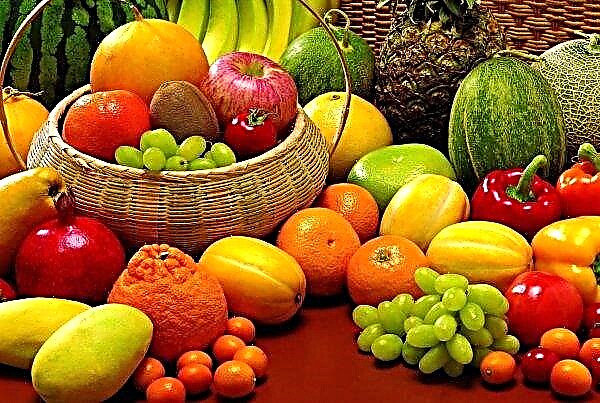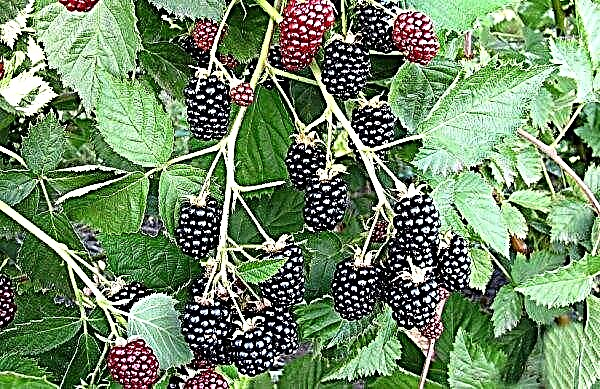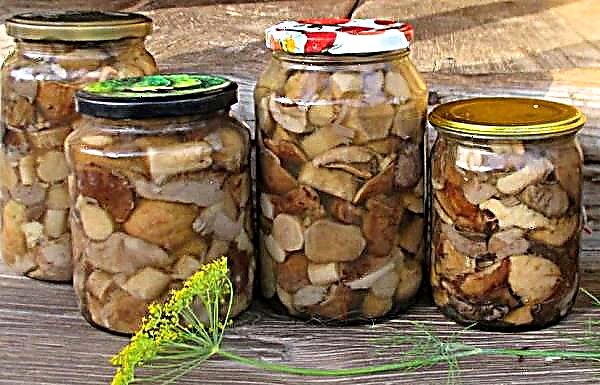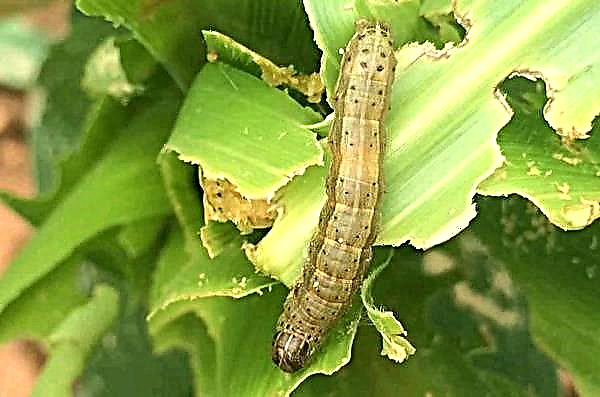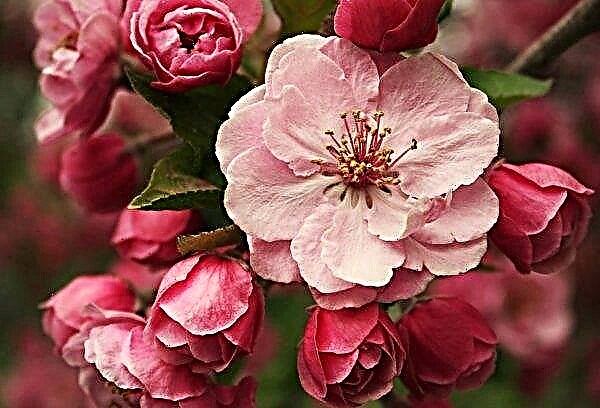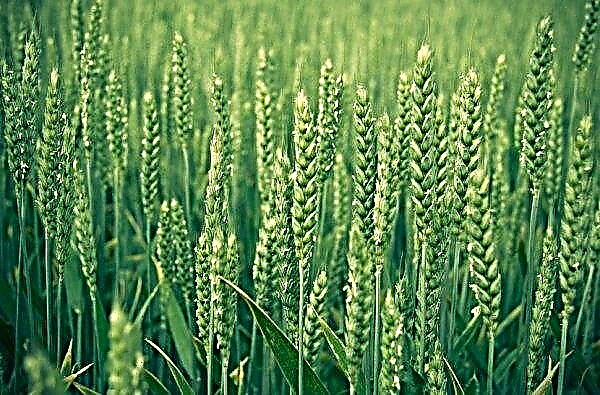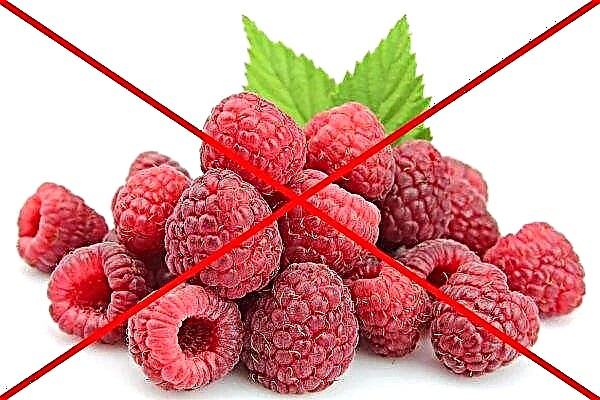Girl's grapes are valued for the beauty of their foliage. The shoots of this creeper have been adorned with parks, estates, suburban areas and urban buildings for centuries. The fruits of the plant, although not used to create wine, also find their application. The article will answer the question of whether the girl’s grapes are edible and what benefits or harm its clusters bring.
Botanical description of the plant
Parthenocissus species include the following species:
- five-leafed (virgin);
- attached;
- triangular (ivy);
- Himalayan (heart-shaped);
- Henry;
- dalziel.

In addition, several of these species are distinguished by several common forms, the most popular of which are Virgin Engelmann and the triangular Vicha.
The appearance of the plant depends on belonging to one or another species, but a number of morphological characters inherent in any representative of this family of grapes can be called.
Did you know? On one of the small islands at the mouth of the Chinese Yangtze River is the abandoned fishing village of Houtouwan, popular with tourists and photographers, whose houses are completely entwined with a variety of triangular grapes — Boston ivy.
Descriptions of the vine and leaves
This vine can reach from 4 to 30 m in height.
Her shoots:
- ligneous;
- sinuous;
- large;
- more deciduous, although evergreen;
- fast growing;
- with antennae and sucker roots (for growing to a support and climbing up walls and trees).
The leaves are complex, tabular, with elongated petioles. Green in the summer, by autumn, the foliage becomes yellow and crimson, although in some Asian species the leaves become purple in the spring. The length of the leaves varies from 4 to 13 cm, and the shape is diverse. It is from it that you can determine what kind of vine belongs to. So, in virgin grapes ovoid leaves with a pointed apex and serrated edges. Triangular, rounded, and three-lobed leaves may coexist on a triangular species.
Fruit Descriptions
The berries of a girl’s grape grow on the brush and are characterized by:
- small size (4-7 mm in diameter);
- round shape;
- blue-black shade in a ripe form;
- wax coating;
- hard, elastic peel;
- the presence of 3-4 seeds.
Is it possible to eat the fruits of girl's grapes
The fruits of this vine are inedible. The reason for this is an unpleasant bitter, tart taste caused by the content of oxalic acid.
Important! A number of experts attribute the berries of girl’s grapes to poisonous. It is difficult for an adult to poison them, for this he will have to eat no less than a whole handful. Children can get poisoning from several berries.
Vinegar and oil for external use are made from pulp and seeds. Berries in low concentrations are rarely used by adherents of Chinese and North American traditional medicine to treat gastrointestinal diseases, normalize metabolism. Lotions from the leaves are used for injuries and inflammations. From the branches of grapes make decoctions that increase blood coagulation.
To do this, take a shoot 30 cm long and process it as follows:
- Cut into pieces of 3-4 cm.
- Pour 200 ml of boiling water and boil for 5-10 minutes.
- The broth is allowed to infuse under a lid or in a thermos for about an hour.
- Then, 200 ml of drinking water is diluted and the resulting broth is taken in 100 ml 3 times a day.

The chemical composition of the fruit
The chemical composition of berries is poorly understood.
It is known that berries contain:
- carbohydrates;
- dextrose;
- a large number of fatty acids (oleic, stearic, linoleic);
- fatty alcohols;
- tartaric, malic, citric acid;
- pigment anthocyanin.
Grape properties
The properties of the plant are due to its chemical composition.
Important! Official medicine and domestic folk healers refute the healing properties of girl's grapes, however, they recognize that when grown for decorative purposes, the plant copes well with the function of purifying the air and improving the microclimate.
Benefit
According to traditional medicine, girl’s grape has antioxidant, hemostatic, restorative properties.
Harm and possible contraindications
Due to the large number of acids and alkaloids when eating fresh berries, the following are likely:
- disorders of the digestive tract (nausea, vomiting);
- allergic reactions;
- neurological disorders (dizziness, convulsions).

With herbal medicine, the dosages indicated in the recipes should be especially carefully observed and the quality of the raw materials should be monitored. People suffering from hypotension, varicose veins and thrombophlebitis are not recommended treatment with decoctions and infusions of this plant.
Girl's grapes are very decorative, but not suitable for eating because of the unpleasant taste of berries. However, they make cosmetic oil and vinegar. Traditional medicine of North America and China (areas of initial growth) uses branches, leaves and occasionally berries for the treatment of the digestive tract and against bleeding.


